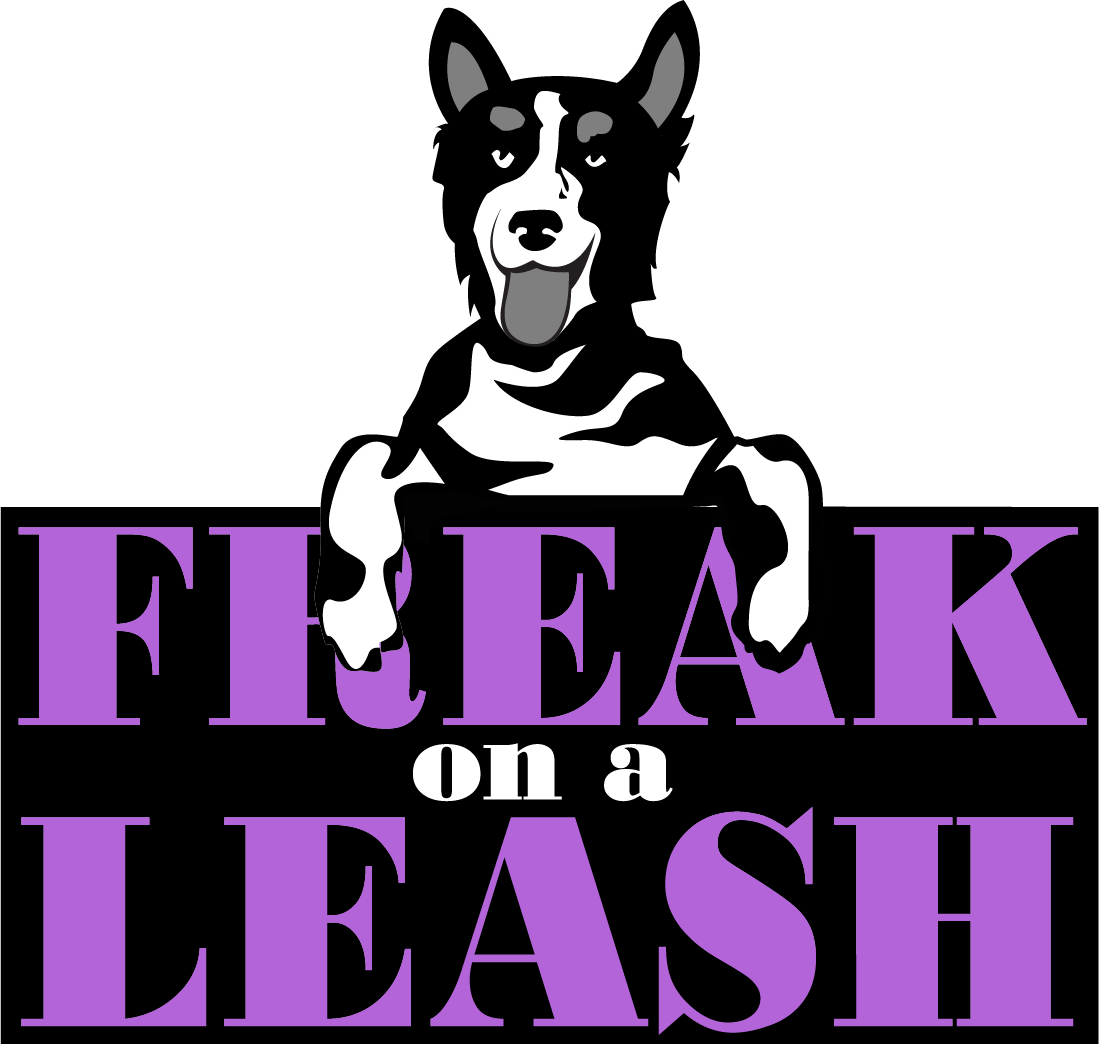As a dog parent, you want to give your furry friend the best life possible. And that means training them to be well-behaved and obedient. But when it comes to dog training, there’s a fine line between bribing and rewarding. In this blog, we’ll explore the concept of bribing and rewarding in dog training and what sets them apart. We’ll also delve into how rewarding enhances your dog’s training process and whether it’s possible to train your dog without food bribes or rewards. Lastly, we’ll talk about the implications of using bribes in dog training and why it’s important to use positive reinforcement methods instead. So let’s get started on creating a happy, healthy relationship with your pup!
 Understanding the Concept of Bribing and Rewarding in Dog Training
Understanding the Concept of Bribing and Rewarding in Dog Training
When it comes to training your dog, it’s important to understand the concept of bribing and rewarding. Instead of bribing your dog, it’s more effective to motivate them with rewards. There is an important difference between the two. Bribing can create a dependency on external incentives, whereas well-timed rewards as used in positive reinforcement training encourage your dog to display the desired behavior on their own.
Understanding the difference between bribing and rewarding is quite important for successful training. While bribing involves offering something upfront to get your dog to comply, rewarding focuses on reinforcing behavior that has already occurred. It’s important to remember that rewards should be used strategically and in moderation. Over-reliance on rewards can lead to a lack of real understanding and motivation from your dog.
By using rewards effectively, you can create a positive association between the desired behavior and the reward itself. This can help your dog develop good habits and a willingness to listen to your commands. Rewards can take various forms, such as verbal praise, treats, or playtime with a special toy. Verbal praise is a simple yet powerful way to let your dog know that they are doing something right. Treats can be used as an enticing lure to teach a new command or reinforce desired behavior. Playtime can be a great reward for dogs who are particularly playful or energetic.
The use of rewards not only makes training more enjoyable for your dog, but also for you as the handler. By utilizing positive reinforcement techniques and using rewards strategically, you can create a strong bond with your dog and ensure their willingness to follow commands. Remember, the most important difference between bribing and rewarding lies in the intention behind their use, and requires appropriate timing. One creates dependency, while the other encourages independent and desirable behavior.
The Thin Line Between Bribing and Rewarding – What Sets Them Apart?
Bribing and rewarding in dog training have distinct differences. While bribing usually involves using treats in order to get the performance of a behavior, rewarding reinforces a desired behavior after it’s performed. Bribing creates dependency, whereas rewarding encourages self-motivation and independent decision-making. Rewards should mainly be used as incentives, not bribes, and timing and consistency are critical.
 How Does Rewarding Enhance Your Dog’s Training Process?
How Does Rewarding Enhance Your Dog’s Training Process?
Rewarding plays a valuable role in enhancing your dog’s training process, in so many ways! It makes the training sessions more enjoyable, helps your dog understand desired versus undesirable behavior, strengthens the bond between you and your furry friend, motivates them to repeat desired behavior, and creates a positive learning environment.
Is it Possible to Train Your Dog Without Food Bribes or Rewards?
Yes, it is possible to train your dog without relying solely on food rewards. Verbal praise and physical affection can be used as alternative rewards. Incorporate toys, playtime, and other forms of positive reinforcement into your training sessions. Focus on building a strong bond and trust with your dog. Seek guidance from professional trainers for effective reward-based training techniques.
What are the Implications of Bribing in Dog Training?
Bribing in dog training can have negative implications. It can lead to an unreliable obedience, hinder the dog’s ability to perform without the presence of treats, and create a dependency on rewards. Your dog may only listen to you when treats are present, and over-reliance on bribes can actually hinder you dog’s ability to acquire new skills. Understand the consequences of relying on bribes.
Conclusion
In conclusion, it is important to understand the difference between bribing and rewarding when it comes to dog training. Bribing relies on using treats or rewards to manipulate your dog’s behavior, while rewarding focuses on positive reinforcement to reinforce desired behaviors. Positive reinforcement through rewards-based training is not only more effective, but also helps build a strong bond between you and your canine companion. It encourages your dog to learn and obey commands willingly, without the need for constant food bribes. Bribing can have negative implications, such as dependency on treats and an inability to perform without them. By using reward-based training methods, you can create a well-behaved and happy dog that responds to your commands willingly and eagerly.

